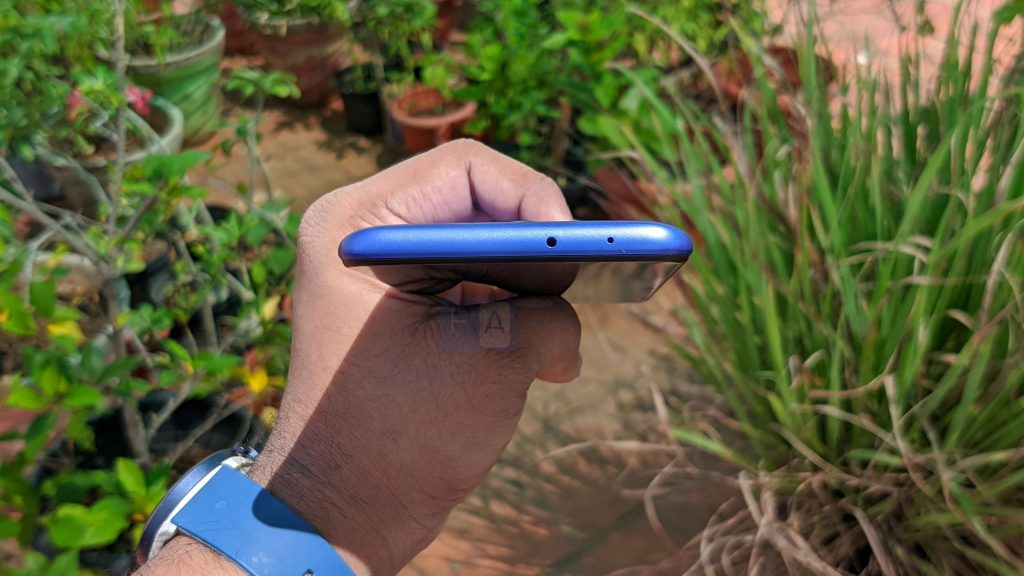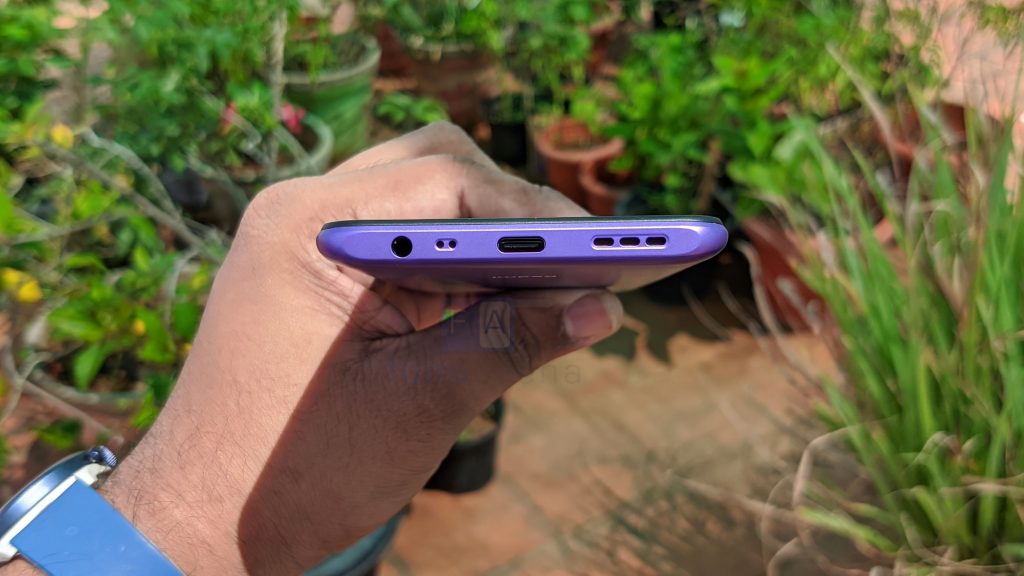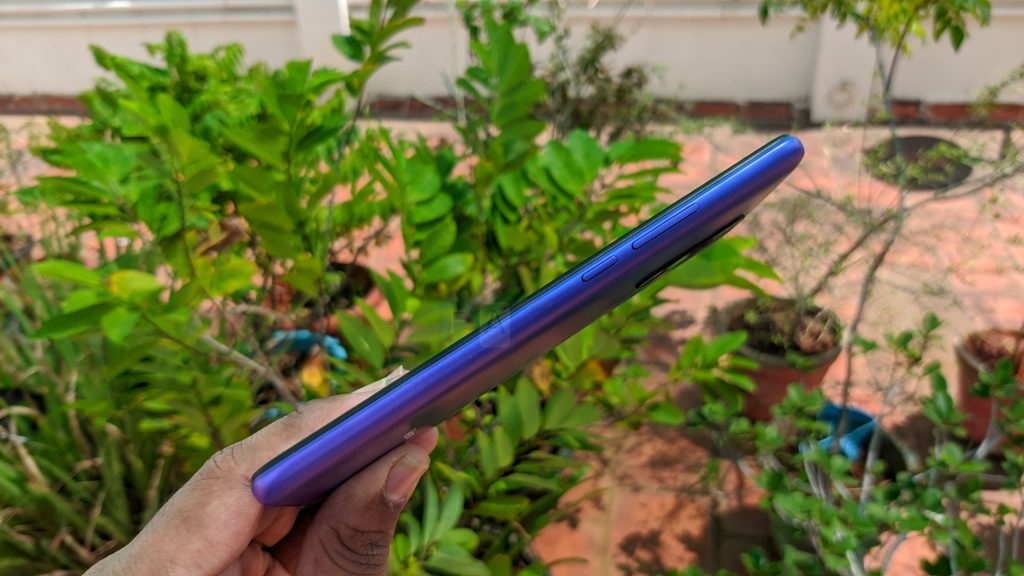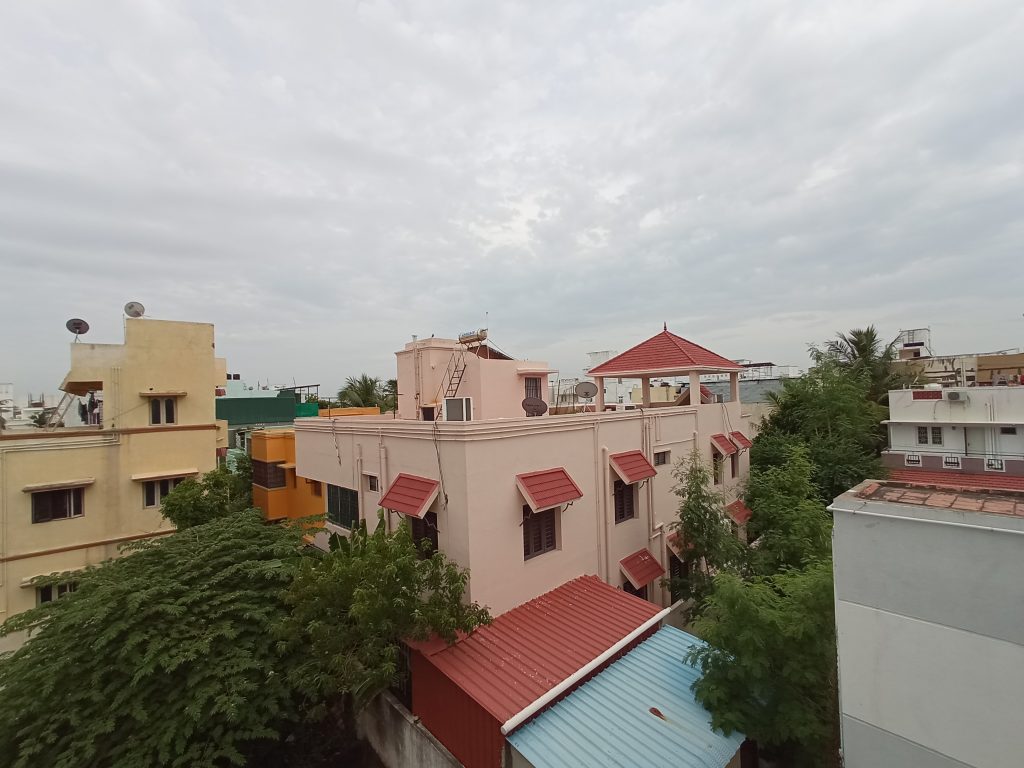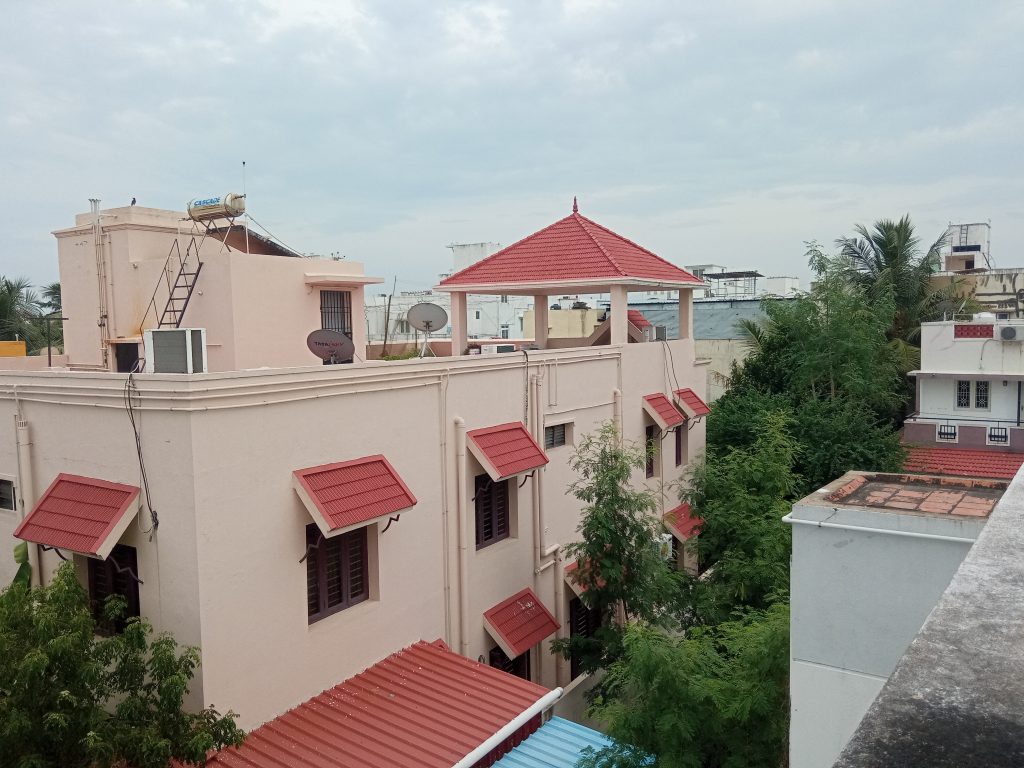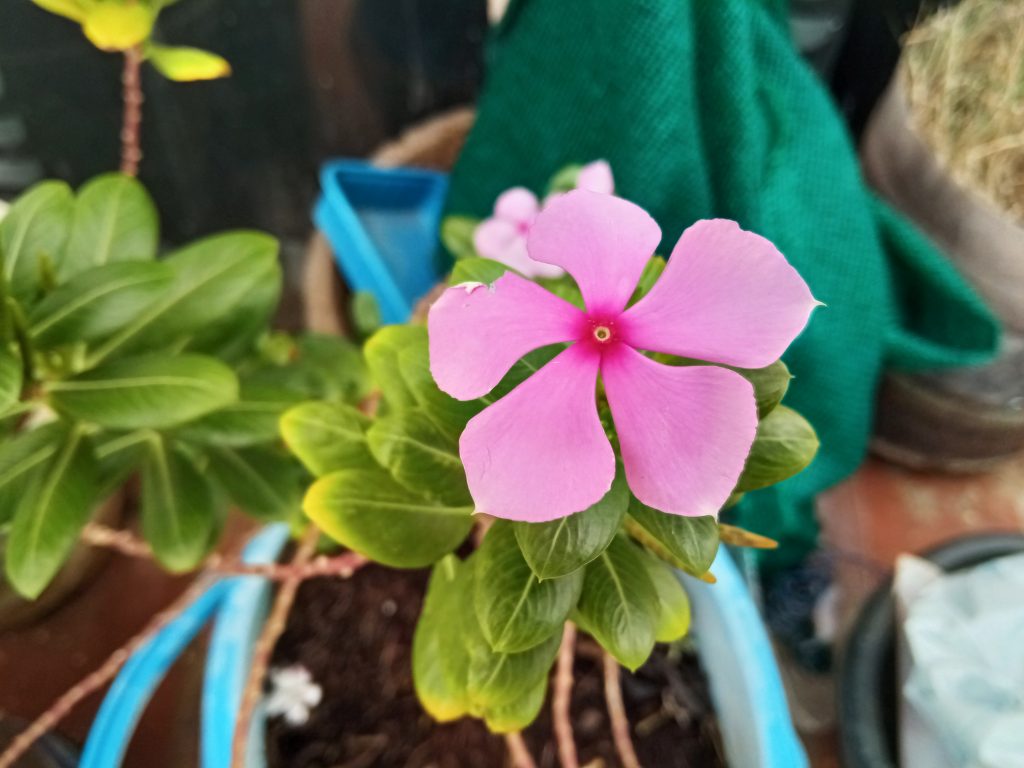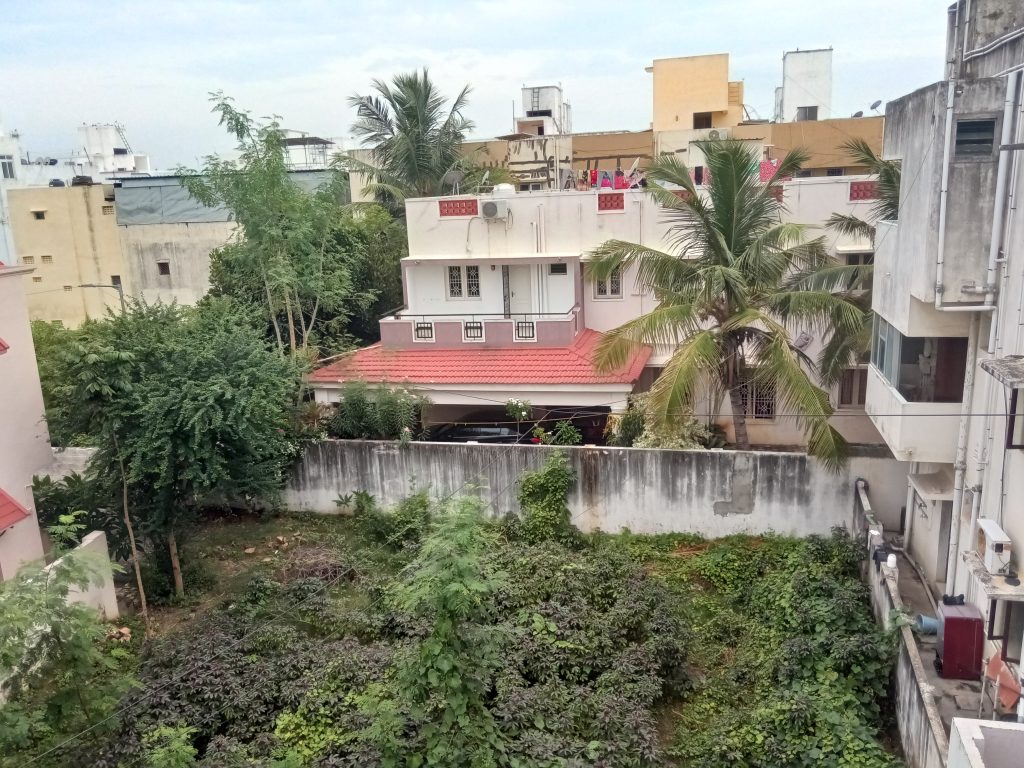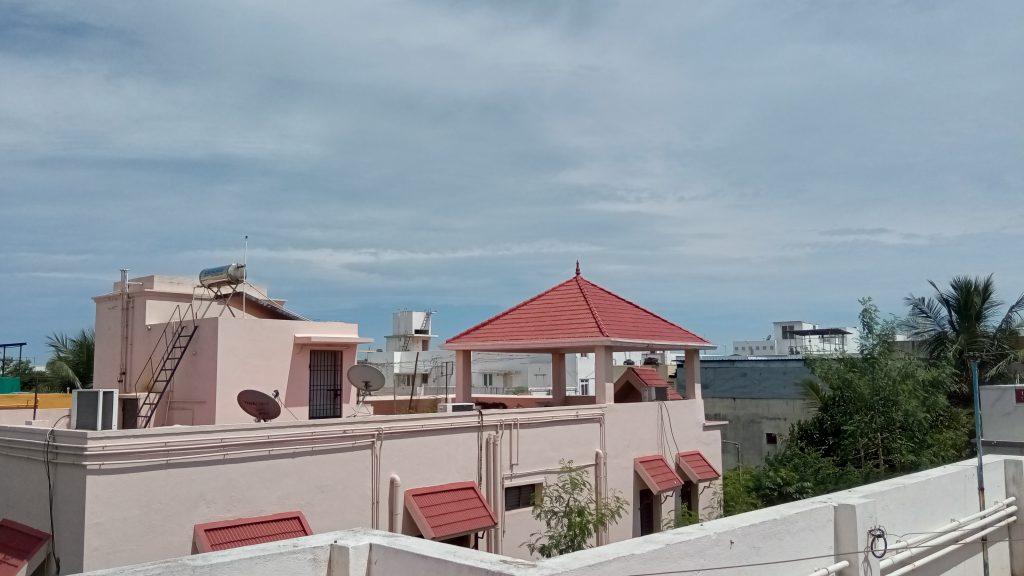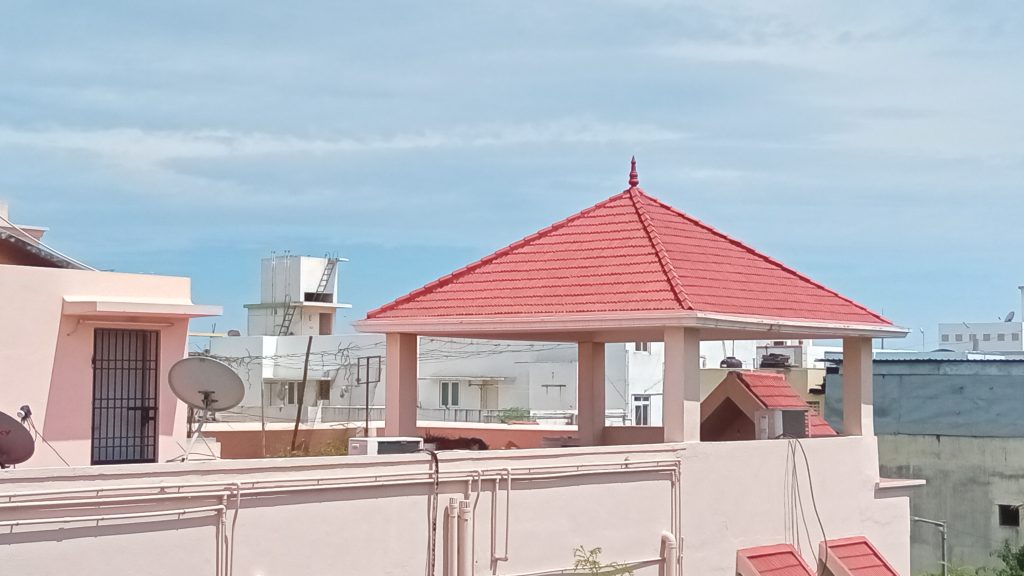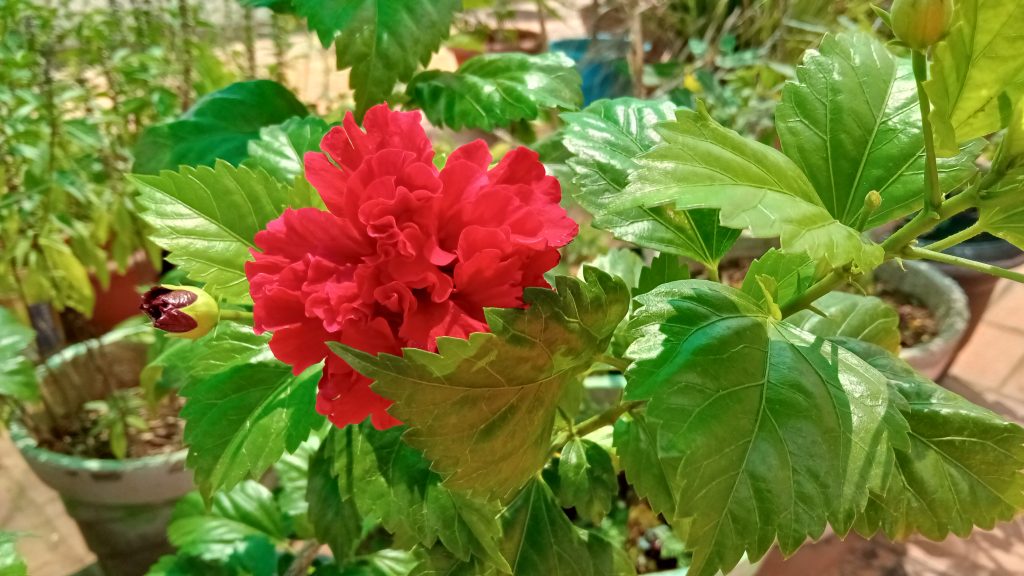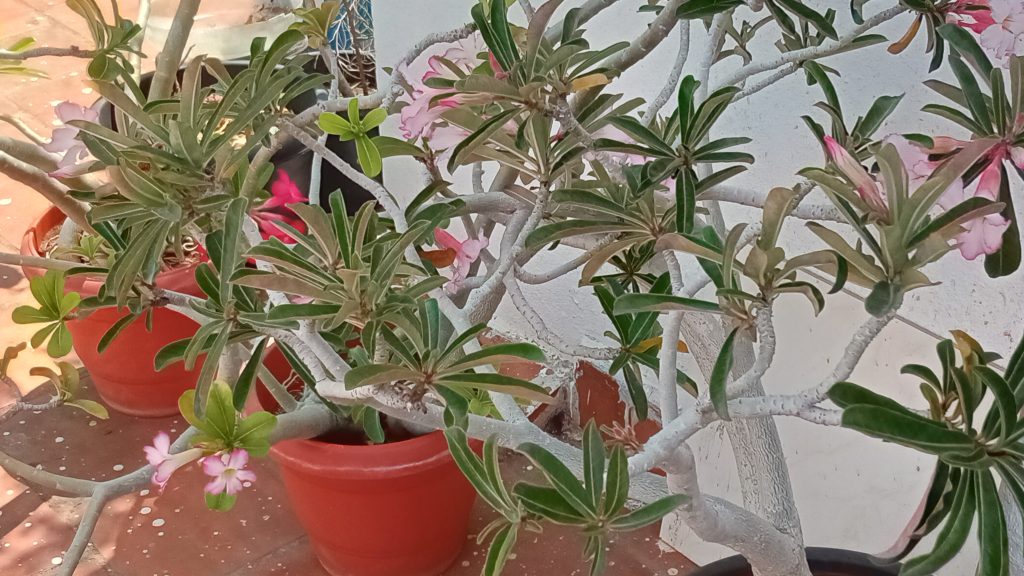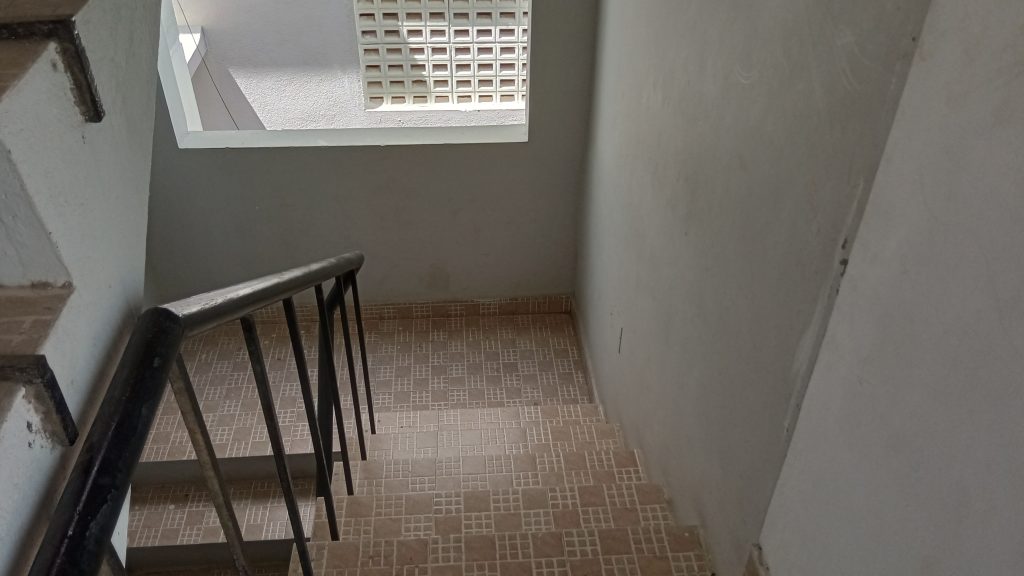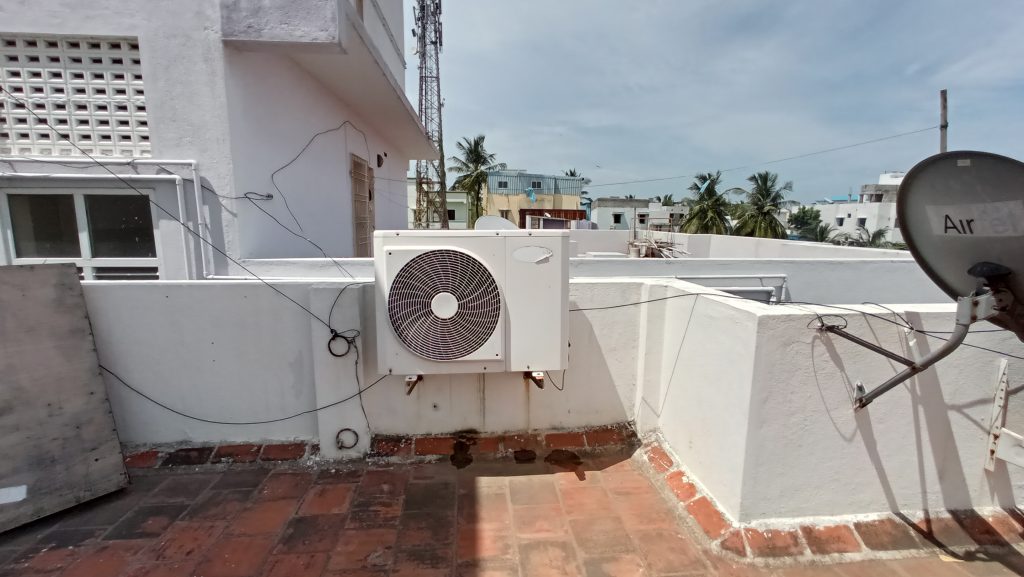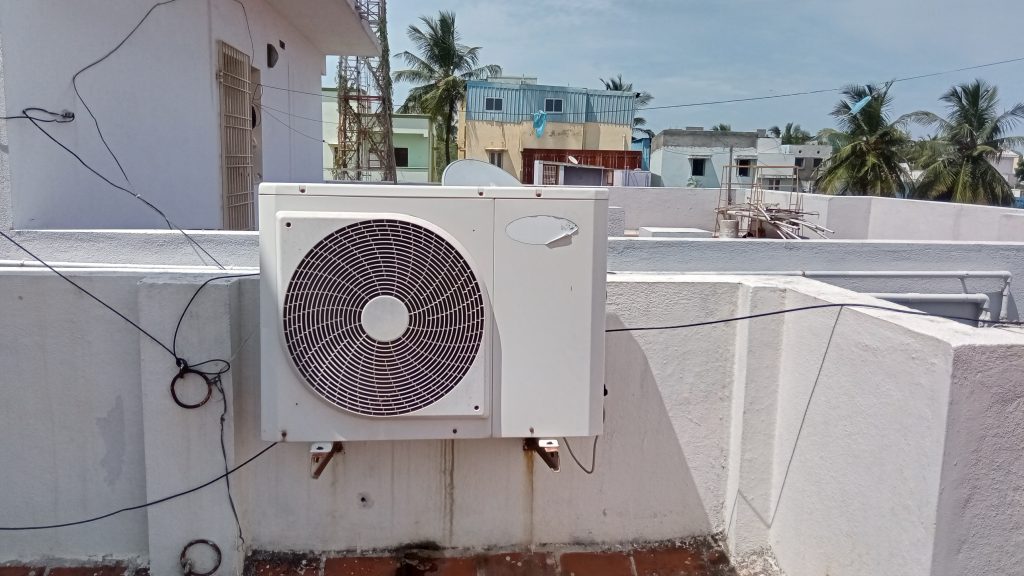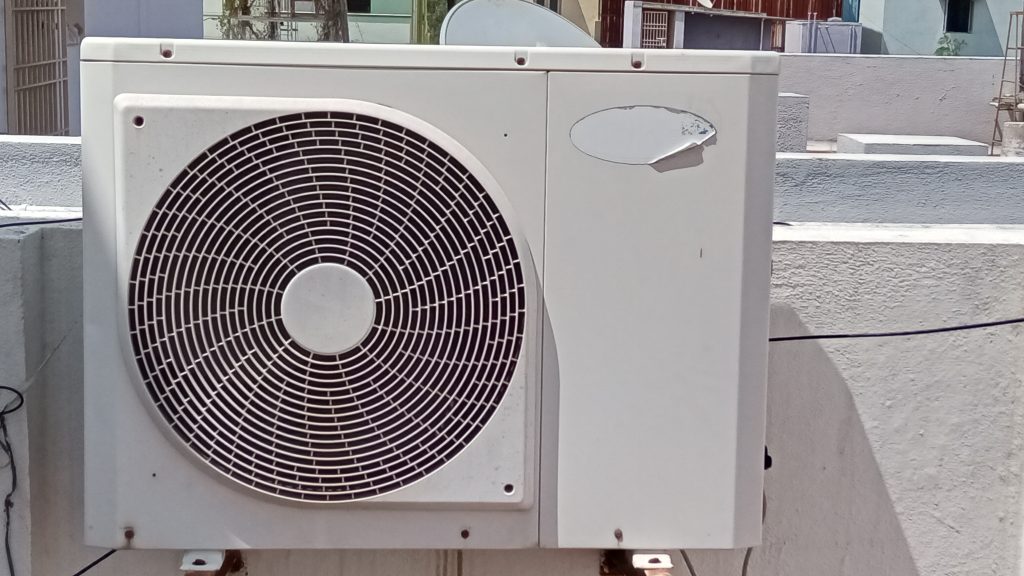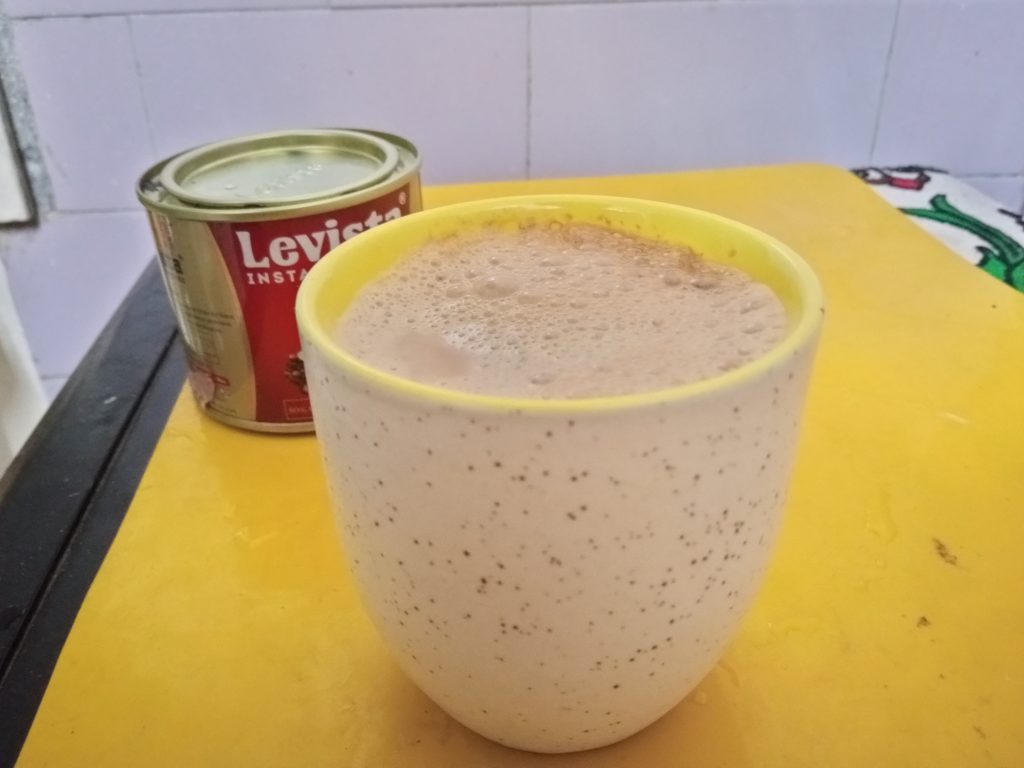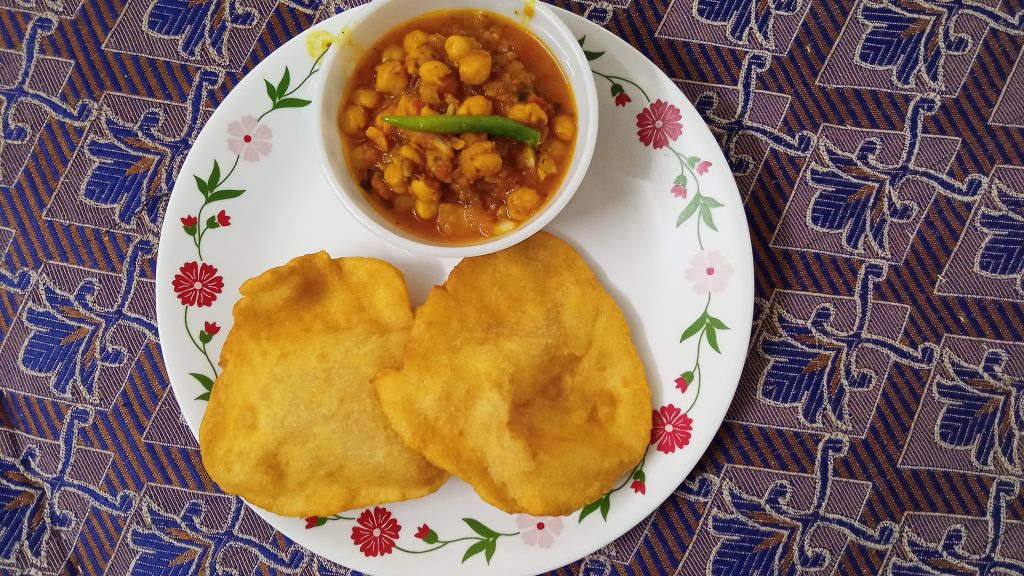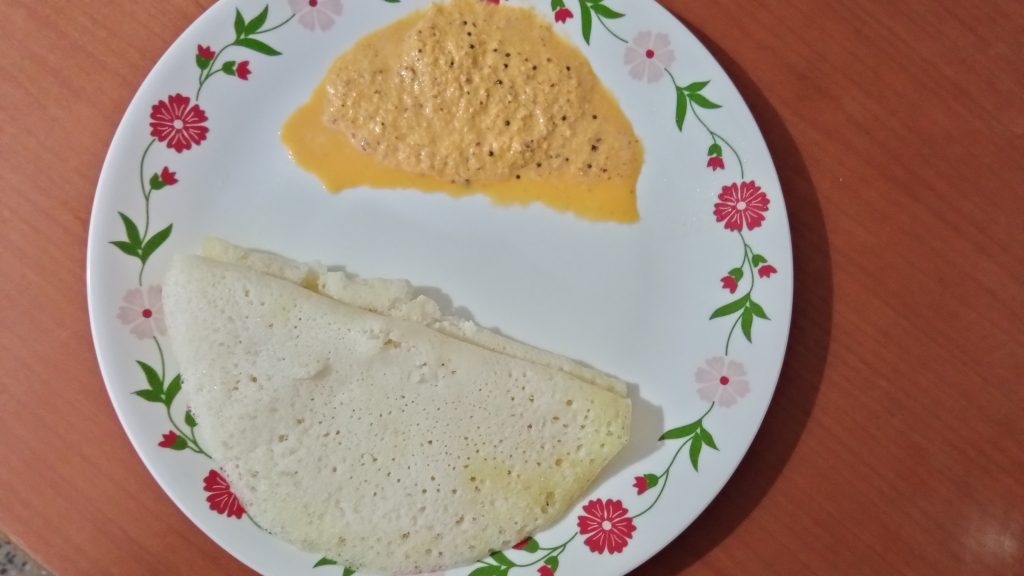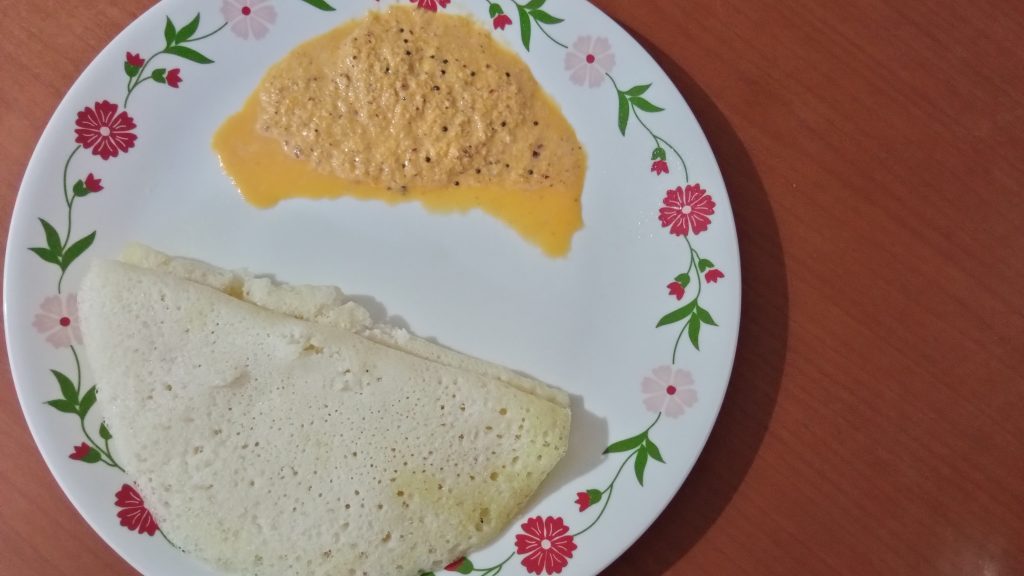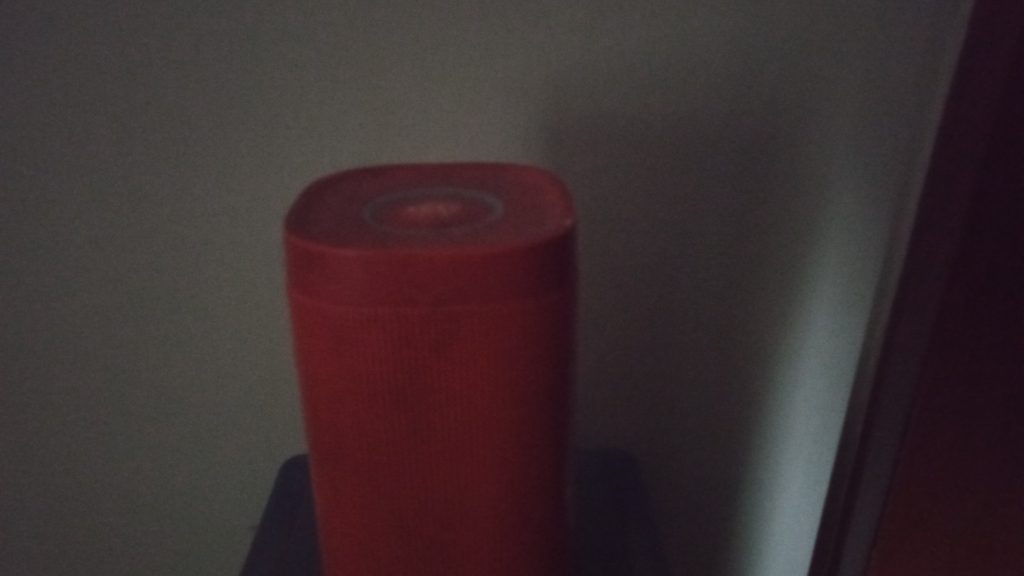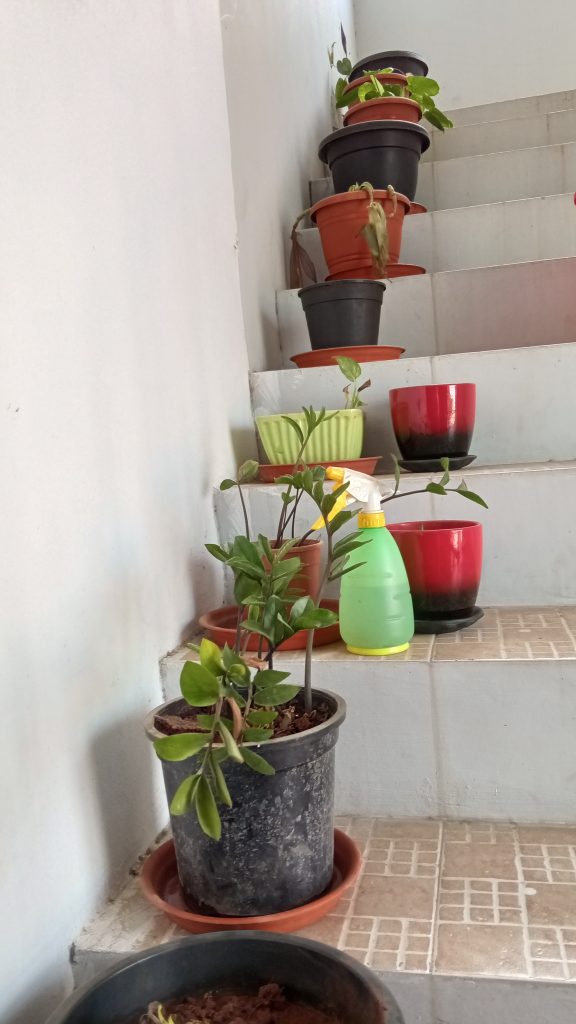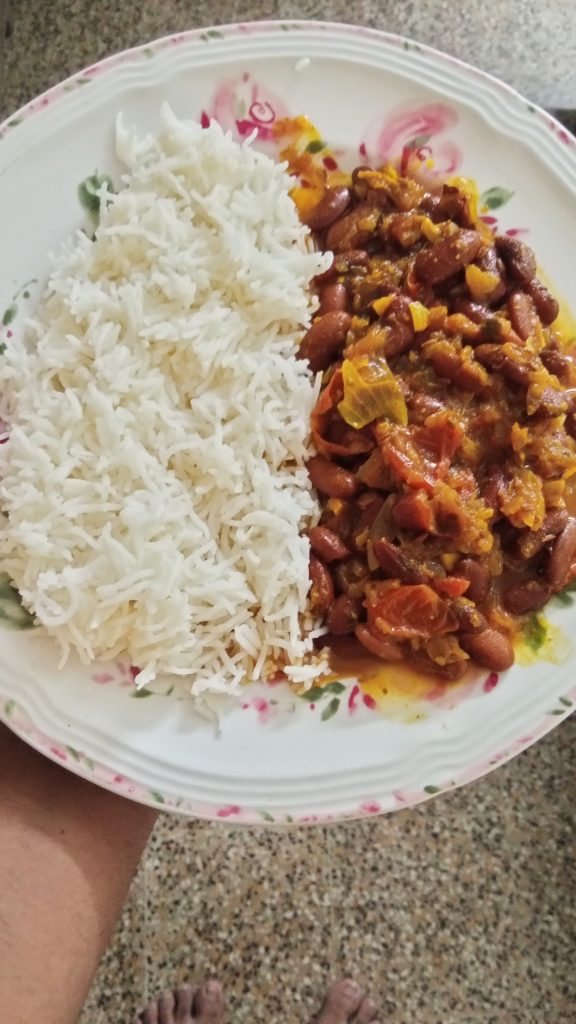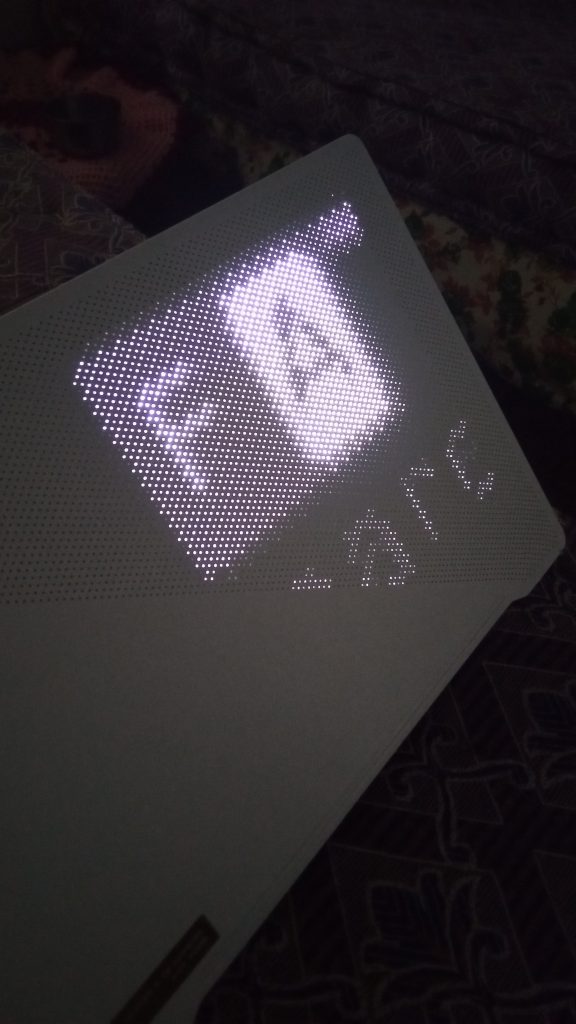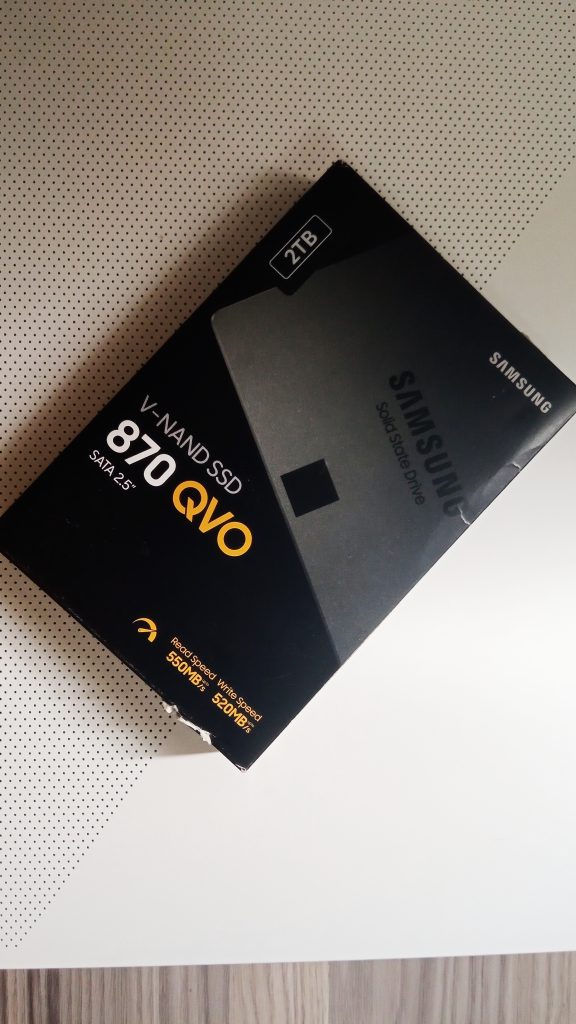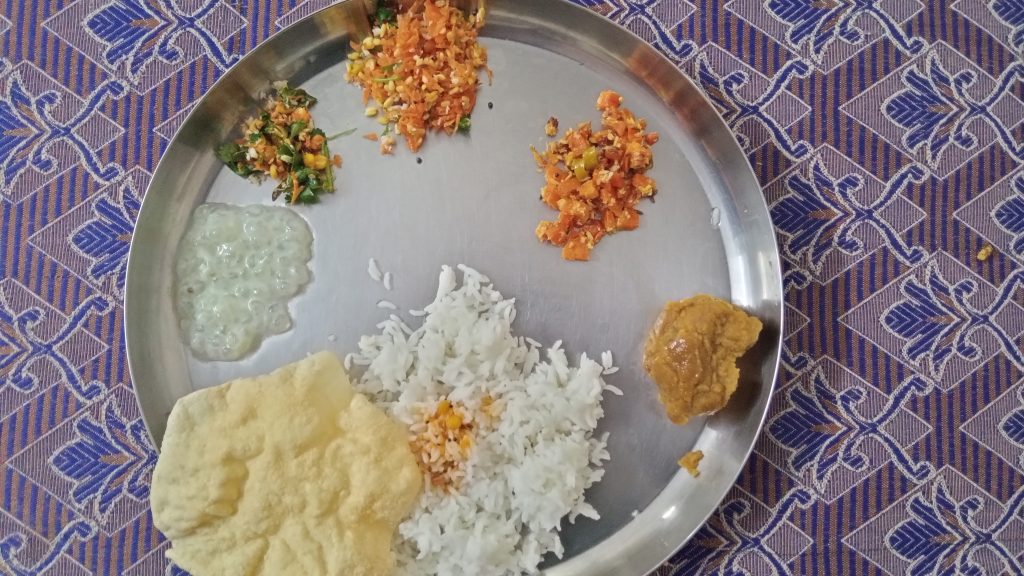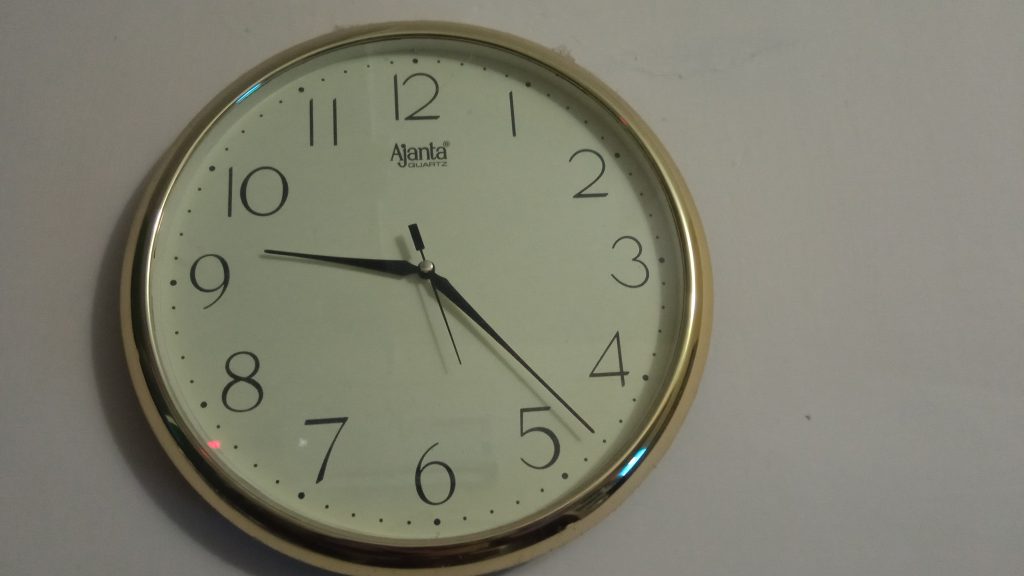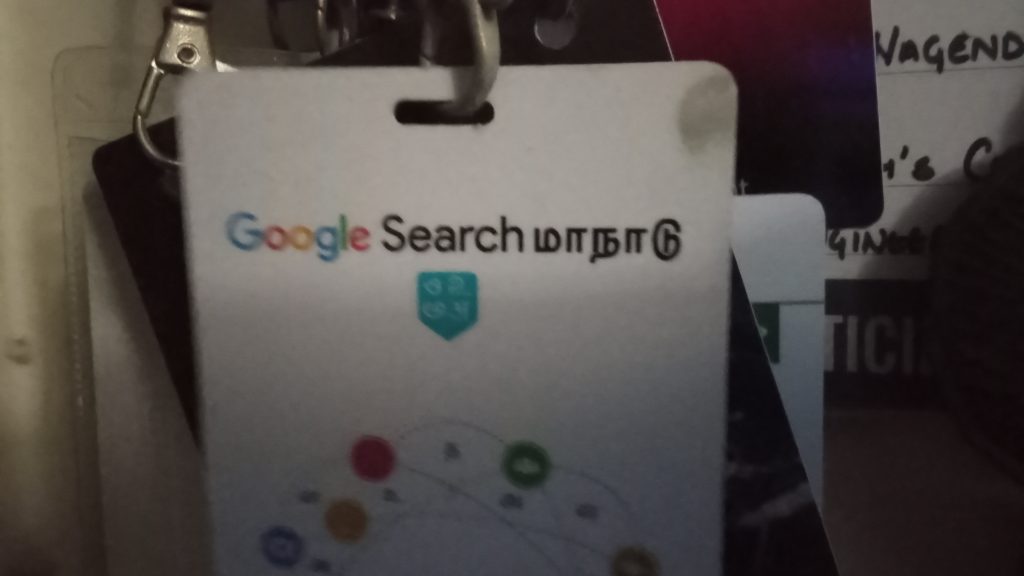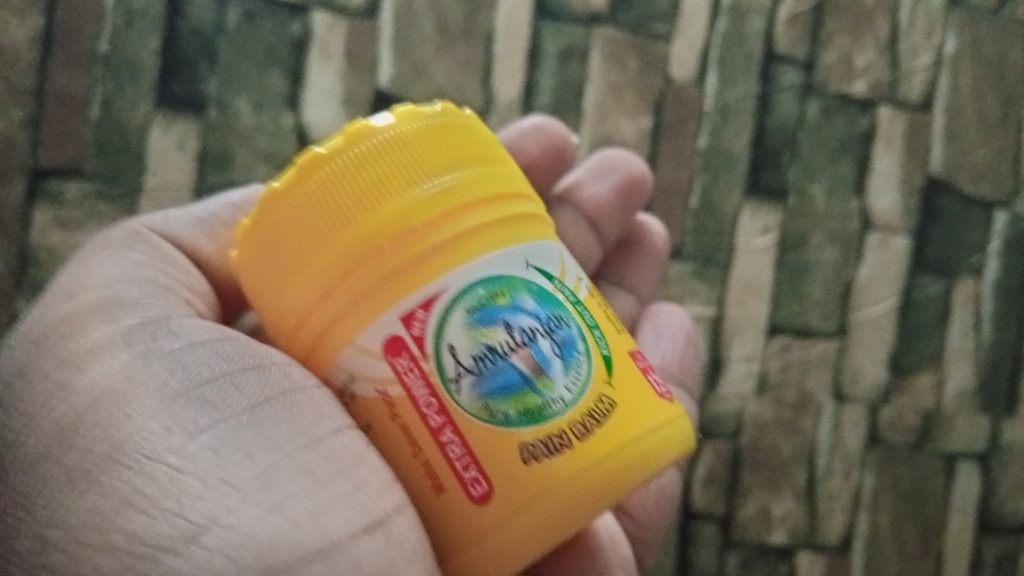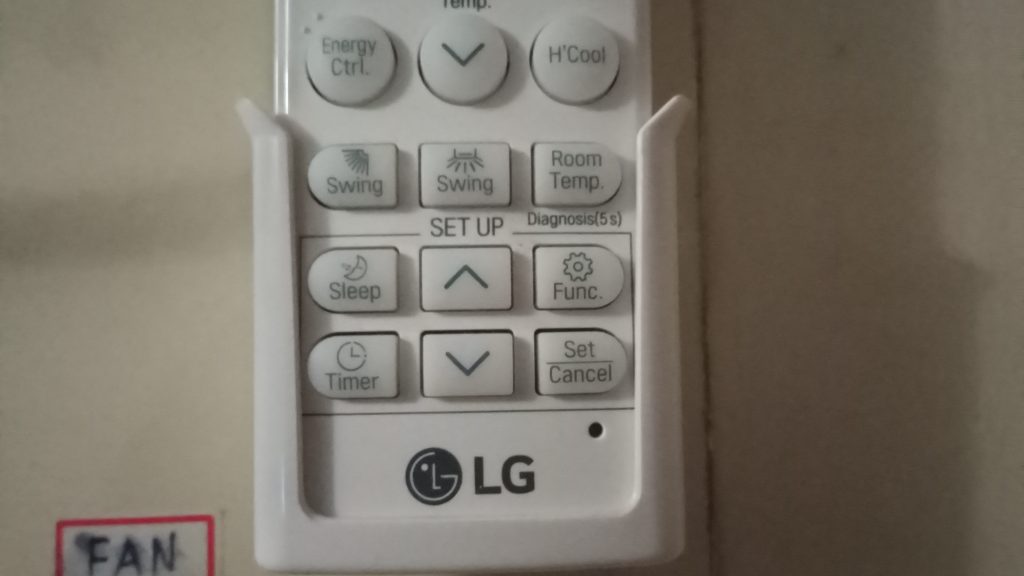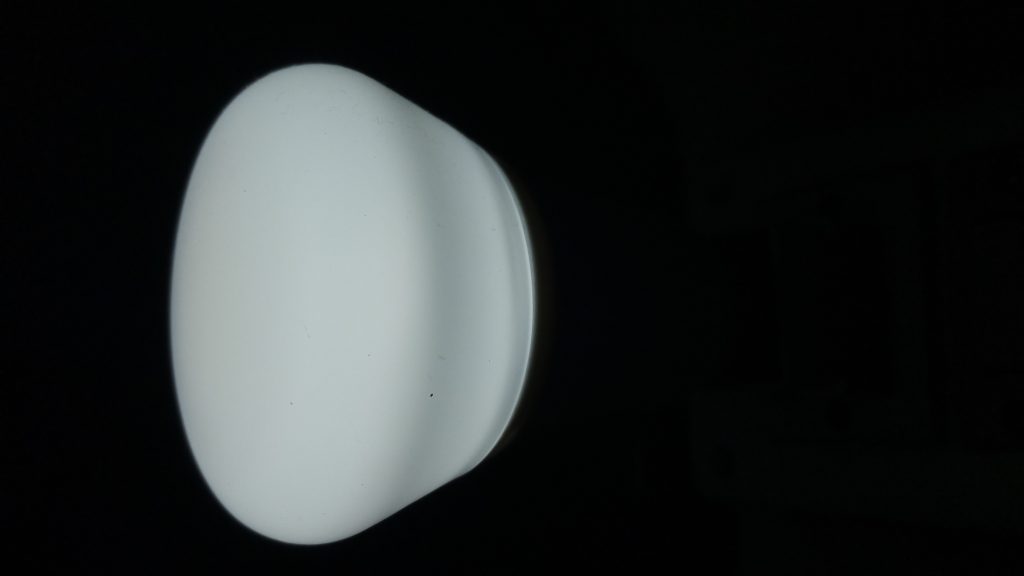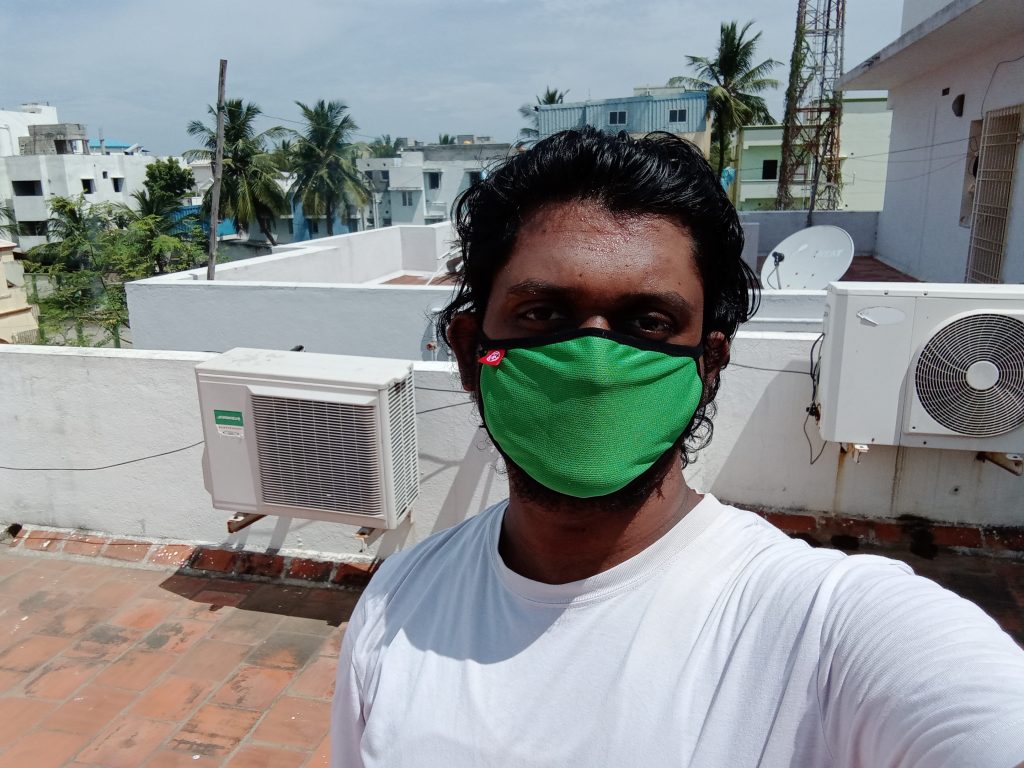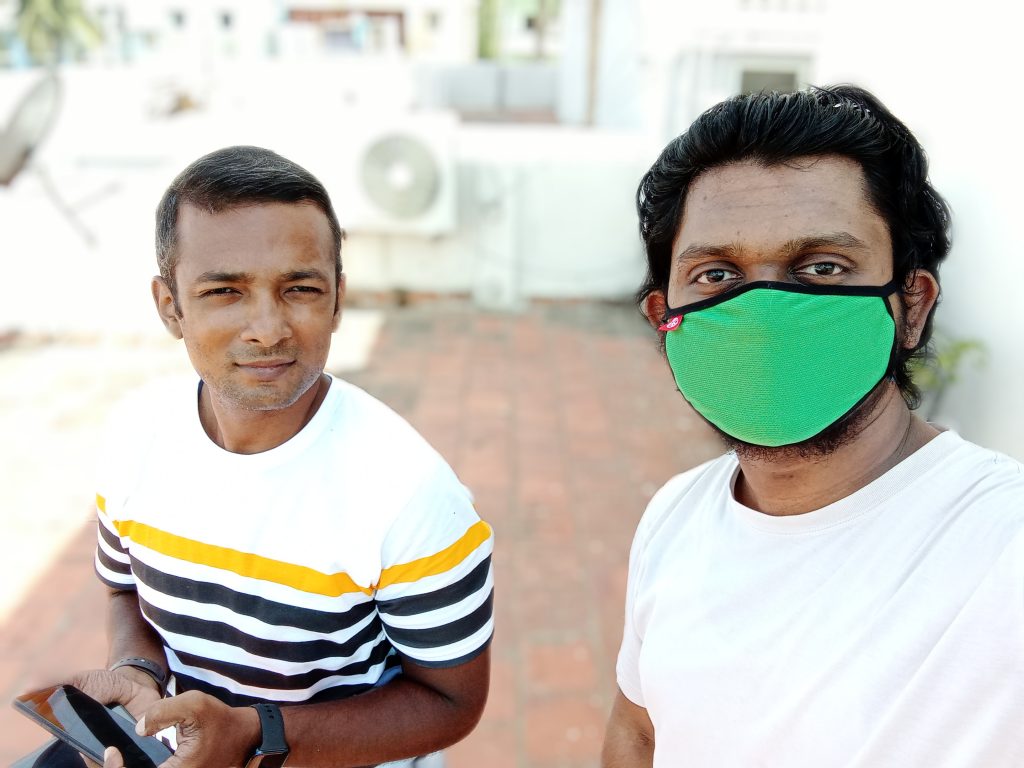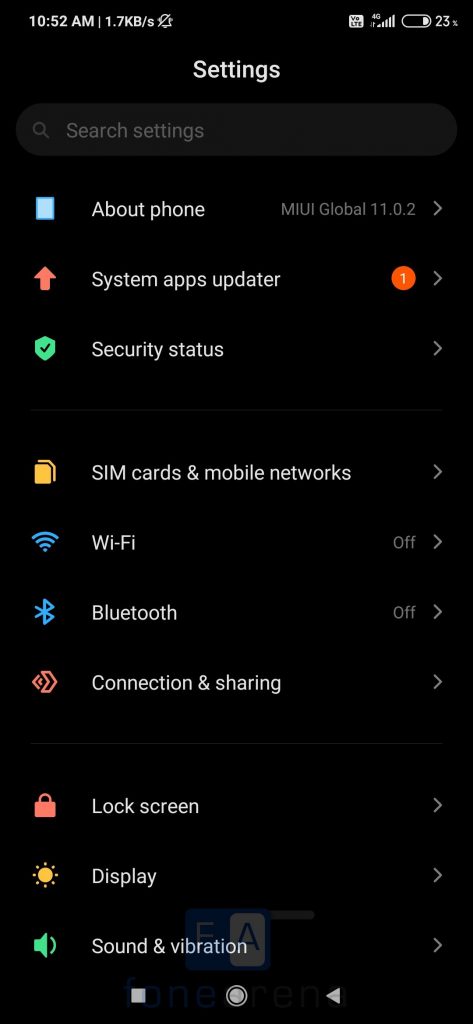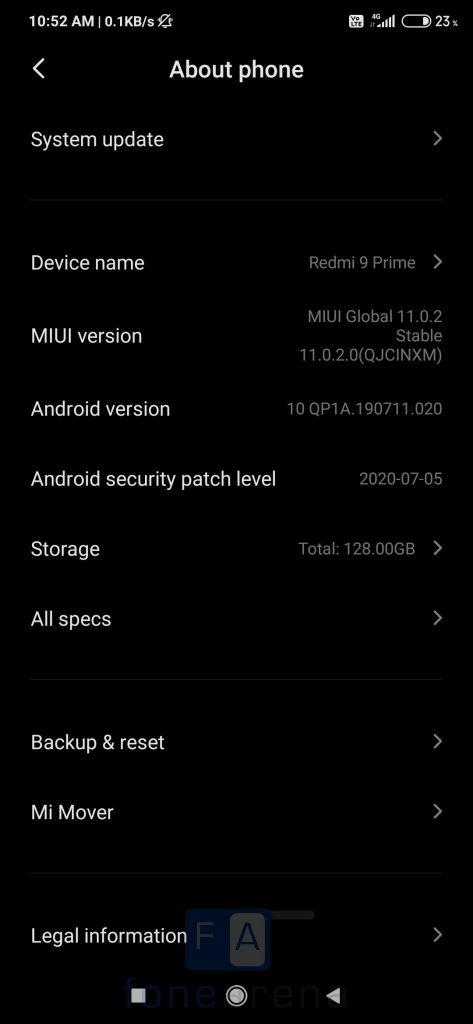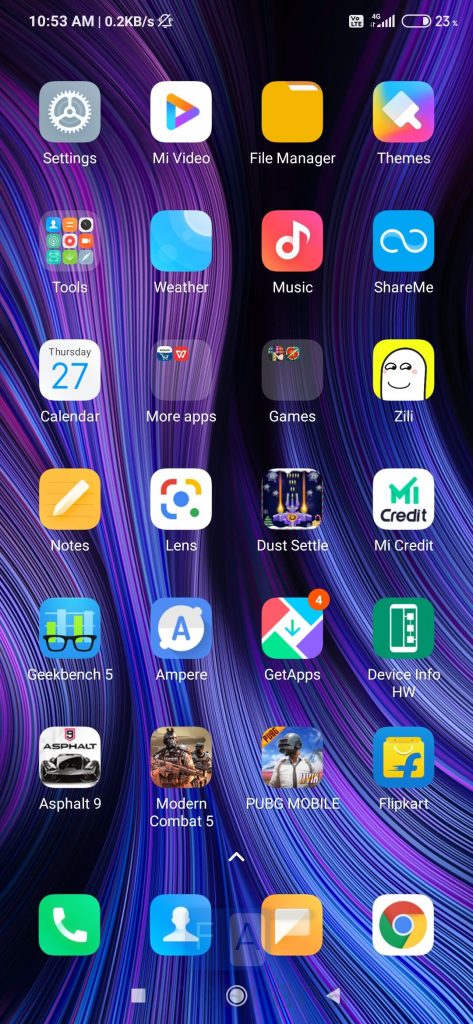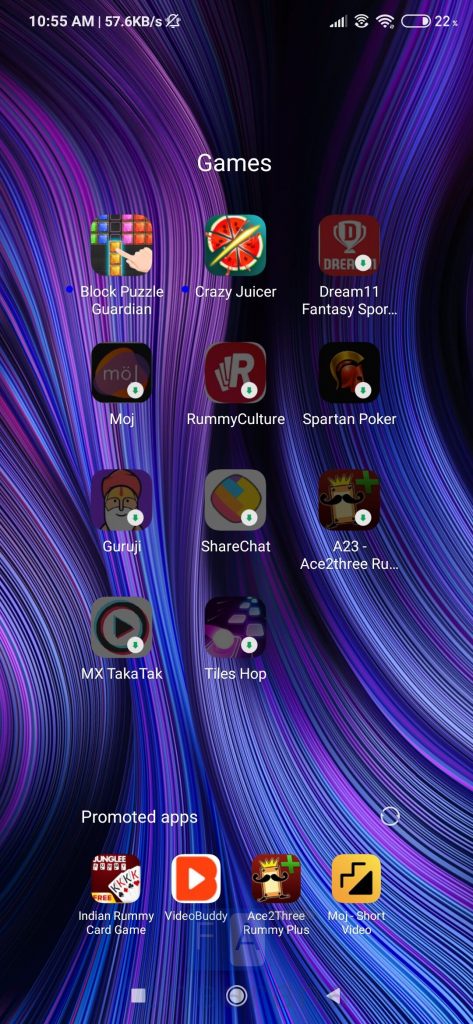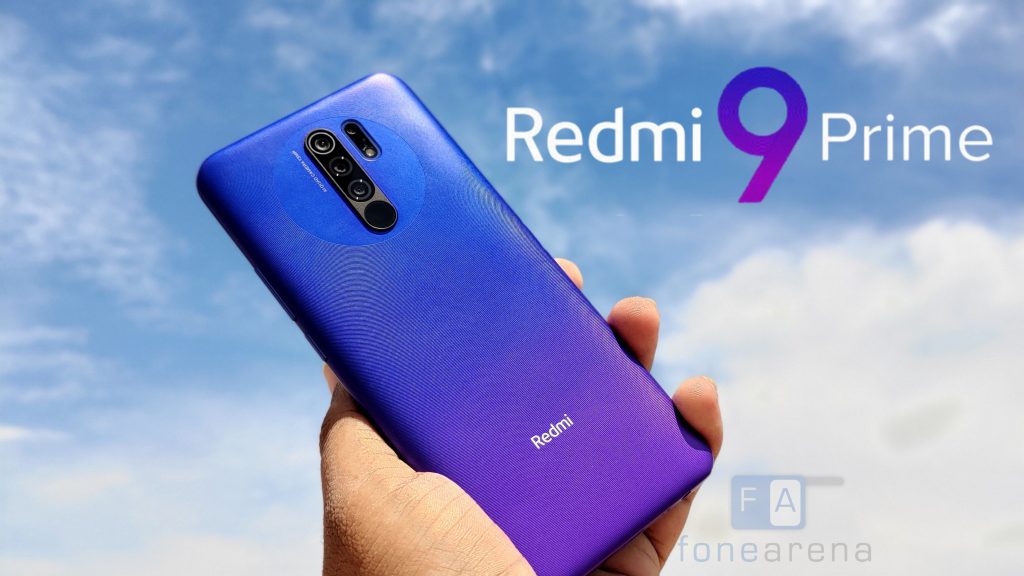
Lately in India, the prices of smartphones are increasing and are largely due to factors like the COVID-19 pandemic, GST Rate Hike from 12% to 18%, supply shortage, INR depreciation against the US Dollar amongst others. In 2019, we saw smartphones that offered great value for money under Rs. 10,000 like the Redmi Note 8, but gradually the price was increased up to 25% as well. Fast-forward to 2020, the choice of smartphones with good performance under Rs. 10,000 has become limited and the price ladder has now moved up to Rs. 12,000. Amidst this, recently, Redmi launched its Redmi 9 Prime smartphone starting at Rs. 9999 bringing back the Prime series after quite a long gap. I’ve been using the smartphone for quite some time now and have some thoughts to share. Let’s get started with the Redmi 9 Prime Review.
Table of contents
| Box Contents |
| Design |
| Display |
| Performance |
| Cameras |
| Software |
| Connectivity |
| Battery |
| Conclusion |
Box Contents
- Redmi 9 Prime (4GB+128GB) in Space Blue
- Transparent Case
- USB Type-C cable
- 10W adapter (5V 2A)
- User Guide
- Safety Manual
Design

The Redmi 9 Prime sports a unibody plastic build with the ‘Aura design’ that was seen on previous Redmi smartphones. The back has a soft texture to it which offers a better grip and this time around, the quad-camera array and the fingerprint scanner are surrounded by a ring, reminiscent of the POCO X2 smartphone. Similarly, the gradient color (Space Blue) reminded me of the Redmi Note 7 Pro’s color. Although the design is familiar, I particularly liked the soft texture on the back as it primarily offered a solid grip and also did a fairly good job at hiding fingerprints and smudges. This is one of the smartphones that you can use for longer periods of time without a case.
On the front, there is a 6.53-inch FULL HD+ display with a water drop-style notch that houses the 8MP selfie camera. The earpiece is fairly large and is located above the water drop-style notch. Moving on, the bezels are thin on the sides, but there is a noticeable chin. Coming to the ports and button placements, the volume rockers and power buttons are located to the right edge, the Dual SIM + microSD card tray at the left edge, 3.5mm jack, primary microphone, USB Type-C port, speaker grille at the bottom, and the top part houses the secondary microphone and the IR Blaster. It is good to see Redmi still including IR Blaster on all of its smartphones.
The quad-camera module doesn’t stick out either and you should have no wobbling issues when using this phone on a flat surface. Notably, the phone is wider compared to its competitors and one-hand usage might be difficult for many. That said, the phone is well-built, offers a good grip, and at the same time, has good aesthetics.
Display
The Redmi 9 Prime has an advantage over its competitors in the segment as it sports a higher-resolution FULL HD display compared to HD display on most of the smartphones launched recently under Rs. 10,000 price segment. There is a huge 6.53-inch FULL HD+ LCD screen that is protected by Corning Gorilla Glass 3. You can choose to hide the notch from the display settings and personally, I would have wished to see a modern punch-hole on the corner instead of the dated notch.
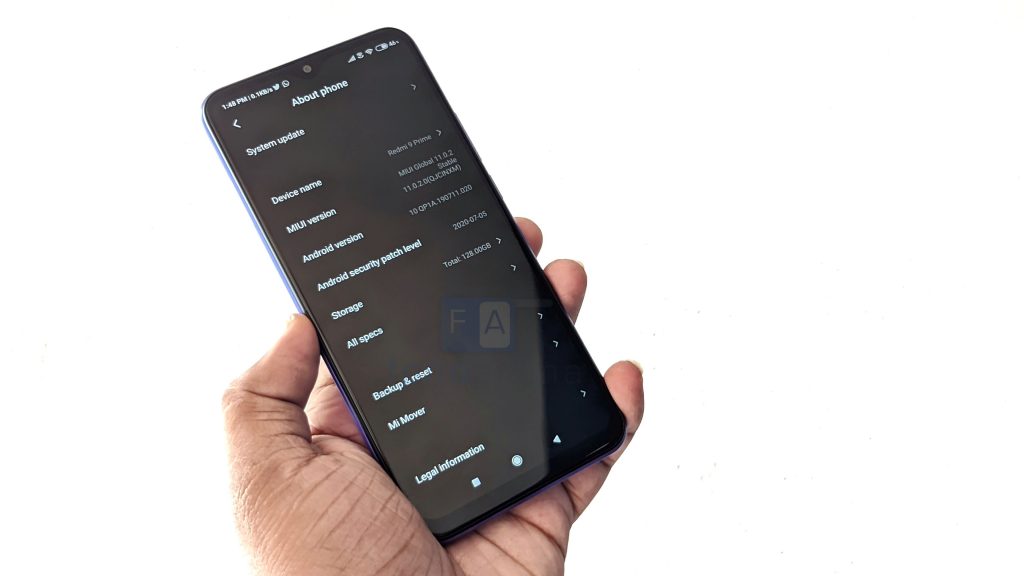
Speaking about the display quality, it is very good with good viewing angles, sharpness, and vibrant colors. I did not notice any pixelation during my usage and it can go up to 400 nits which is not bad either, considering the price point. There is support for Widevine L1 certification out-of-the-box which means you can watch 1080p FULL HD videos on NetFlix and Amazon Prime Video, but there is no support for HDR video playback. Content looks sharp on this display and by default, the display isn’t too saturated either. You can change the color scheme — (Auto, Saturated, Standard) and the color temperature — (Default, Warm, Cool) from the display settings. Multimedia consumption will be a delight on this phone, and I am glad Redmi hasn’t compromised on the display quality on the 9 Prime. Overall, this is the best display (as of now) on a smartphone under Rs. 10,000.
Performance
Powering the Redmi 9 Prime is the new MediaTek Helio G80 Octa-Core SoC that is built on the 12nm architecture. There are Dual 2GHz Cortex-A75 + Hexa 1.8GHz 6x Cortex-A55 CPUs paired with 4GB RAM and 128GB internal storage. The Helio G80 is quite a powerful SoC and is positioned above the Helio G70 and below the Helio G85 SoC. Coming to the performance, the Helio G80 on the Redmi 9 Prime handles day-to-day/casual tasks (in my case it was continuous browsing, social media, accessing documents, and a few hours of voice call) with ease. Thanks to 4 gigs of RAM and MIUI 11 optimizations, multitasking was quite smooth as well. But on the other hand, the loading time of the applications isn’t the fastest, owing to the slower eMMC 5.1 storage.
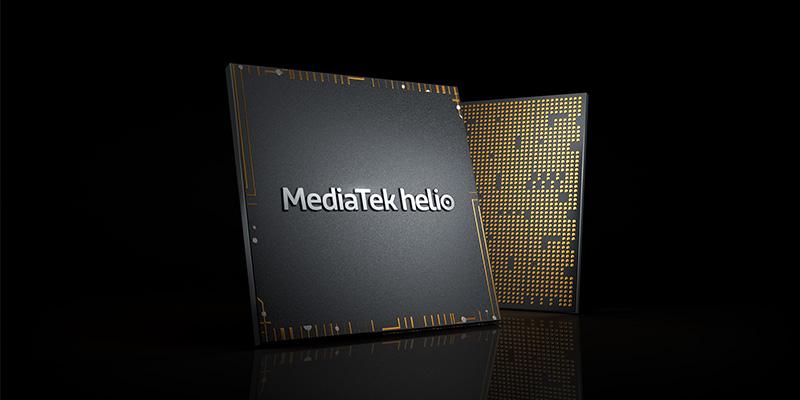
With intensive tasks like editing and exporting videos on Inshot, Adobe Premiere Rush, Editing photos on Lightroom, and Snapseed, the Redmi 9 Prime held up quite well. For reference, I edited and exported a 10min FULL HD video (647.1 MB size) and the Redmi 9 Prime completed the export in 7 minutes 14 seconds. Similarly, a Snapseed photo export with several adjustments was quite fast as well.
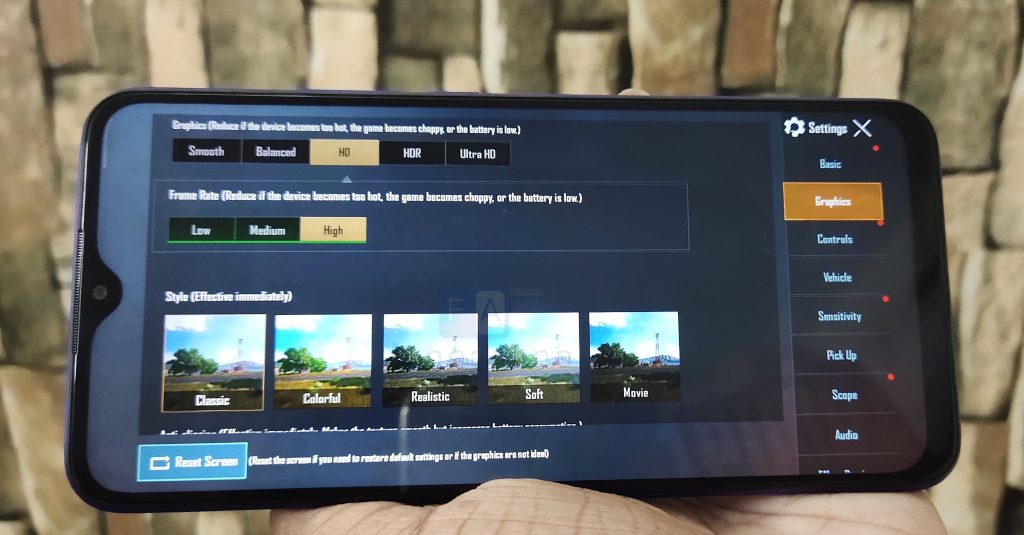
Coming to gaming, the Helio G80 on the Redmi 9 Prime with the HyperEngine Game technology handles it brilliantly as well. Casual games like Subway Surfers, World Cricket Championship, Temple Run, Ludo King, etc run with ease and the same goes for graphic-intensive games like Asphalt 9 Legends, PUBG Mobile, Modern Combat 5, etc. The gameplay is very good for the most part and I noticed frame drops during heavy action in Modern Combat 5. With PUBG Mobile, the experience was very good as well and I did not notice any frame drops here. You can play the game in HD graphics and the Gyroscope feature works fine as expected. Here are the Graphic settings available in PUBG Mobile on Redmi 9 Prime
- Smooth+Low/Medium/High/Ultra
- Balanced+Low/Medium/High/Ultra
- HD+Low/Medium/High
I checked the temperature after about 40 minutes of gaming and it hovered around the 35-degree Celsius mark, and there were no signs of overheating. Having said that, in more than one instance, I noticed random sluggishness in the UI and it was noticeable in the stuttering animations. I hope the issue is ironed out in future updates. On the whole, the Redmi 9 Prime offers very good performance consistently.
Check out the synthetic benchmarks below
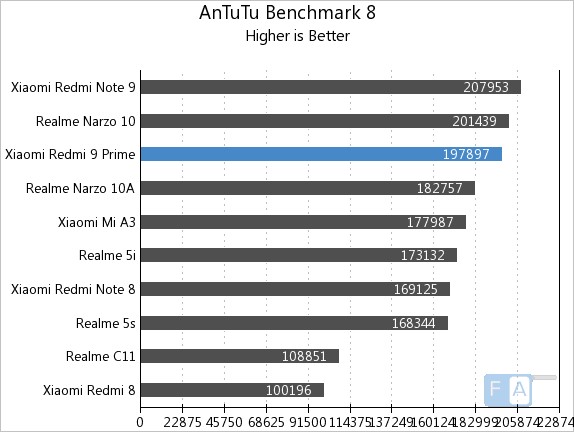


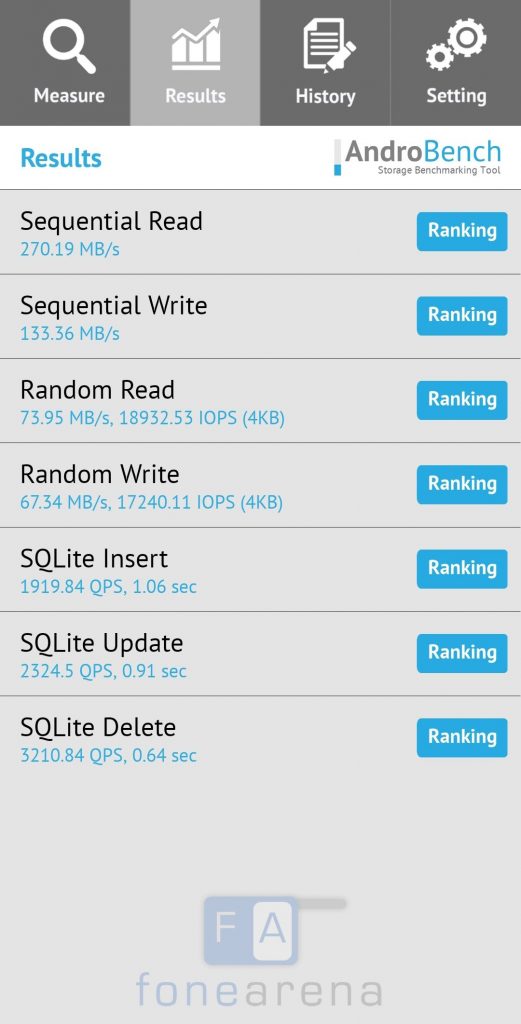
Cameras
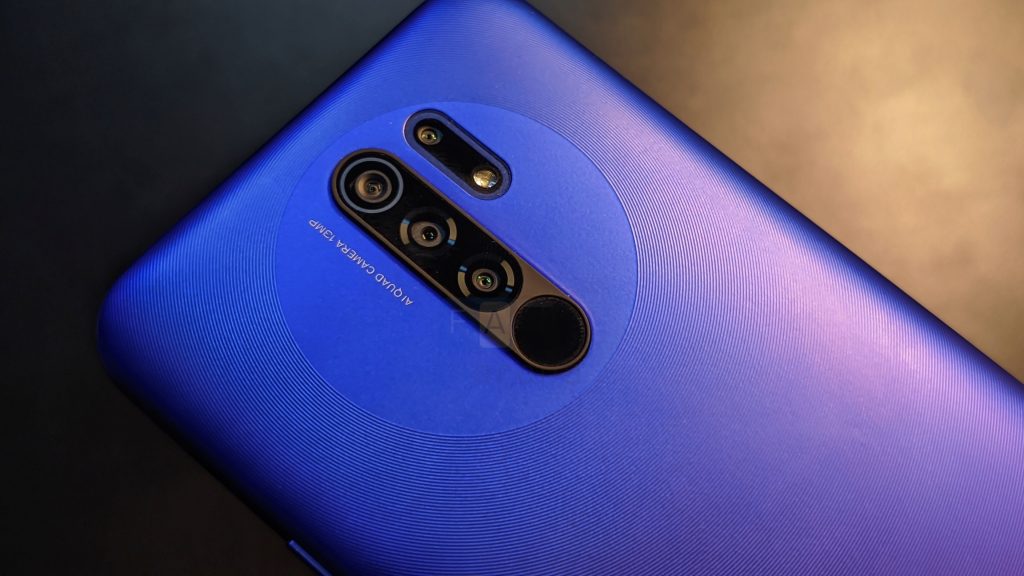
As for the optics, the Redmi 9 Prime sports quad rear cameras, and a single front-facing camera.
Rear
- 13MP primary with f/2.2 aperture
- 8MP 118.2° ultra-wide-angle lens with f/2.2 aperture
- 2MP depth
- 5MP 4cm macro camera with f/2.4 aperture
Front
- 8MP front-facing camera with f/2.0 aperture
Coming to the quality, given ample light, the primary 13MP lens produces quite good photos with decent detail and balanced colors. You also get a ‘Pro color’ mode which boosts up the colors and you can choose to turn it off, based on your preference. Coming back, the primary lens gets the exposure right for the most part and you will be better off taking pictures with HDR ON as it is not too aggressive and produces better-looking shots compared to the regular one. As you can see from the samples below, the highlights are retained and not overblown in the HDR images. You also get the ‘Sky Replacement’ feature which works great and changes the entire tonality of the image. That said, the photos shot from the primary camera is not the sharpest when compared to the competition and you’ll notice the same when you pixel peep.
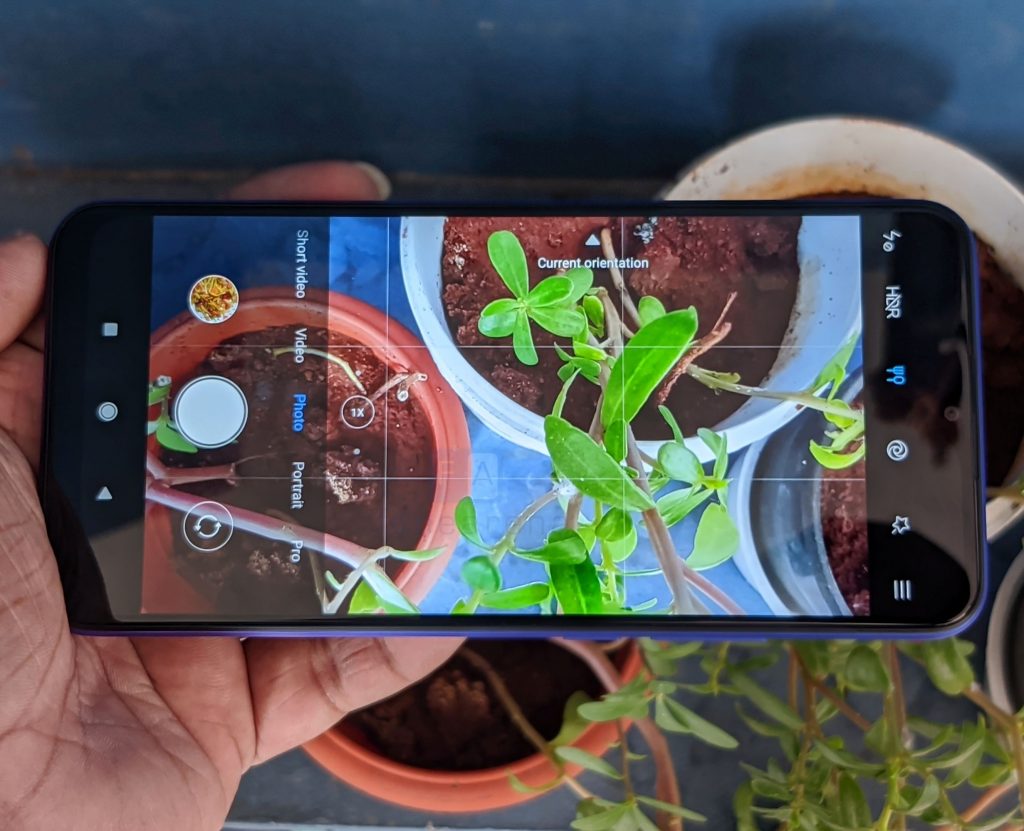
The 8MP ultra-wide-angle lens adds a different perspective to the image and does a decent job as well. As you can see from the samples below, there is no major color disparity between the primary and ultra-wide-angle lens, but the images themselves are soft around the corners. Similarly, the 2MP depth lens performs fairly well in analyzing the depth information and blurring out the background. The edge detection could be better but is passable.
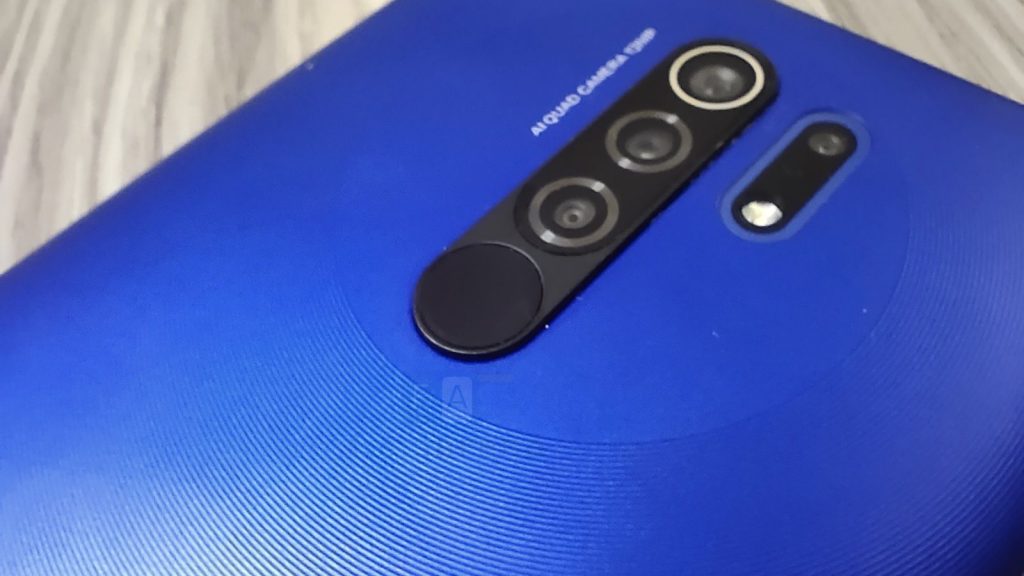
The 5MP macro produces some great macro photos and it can be seen from the samples below. The focusing distance is 4cm and you get the option of recording videos with this lens as well. I wish Redmi added the macro toggle along with other modes as you have to access it from the quick settings now which is a two-step process. It is bizarre as the company has added a 5MP macro lens on the Redmi 9 Prime and a 2MP macro lens on the Redmi Note 9 smartphone. Nonetheless, you can capture some great macro shots with this 5MP lens.
Moving on, the low-light pictures taken from the Redmi 9 Prime turned out to be strictly average. There is no support for a dedicated Night Mode and you have to rely on the AI Scene Detection mode. It does brighten up the image, but there is a considerable amount of noise in the pictures, and you might end up with blurry shots as well.
Front-camera and Video recording
The 8MP front camera does take some good-looking selfies and handles the exposure just fine. Similarly, the portrait selfies turned out good, and similar to the rear camera, the edge detection could be better. You also get a new ‘Movie Frame’ mode that produces images in a 21:9 wide-screen ratio. Moving on, you can record videos up to 1080 at 30 fps which turned out to be decent and I particularly liked the macro video footage. It is a nice feature to have and the results are quite good as well. Hopefully, more manufacturers add macro video recording on their smartphones in the future.
Check out the camera samples below
Software
As for the software, the Redmi 9 Prime runs MIUI 11.0.2 based on Android 10 out of the box with the 5th July security patch. If you had used a Xiaomi/Redmi phone before, the UI will be familiar to you. For the uninitiated, MIUI 11 brings several features including Minimalistic Design, Quick Replies, dynamic sound effects, Dynamic Video Wallpaper, and more along with the usual set of features such as Dual Apps, Second Space, App Lock, Quick Ball and more.
The pre-installed apps that you get on Redmi 9 Prime include Zili, Dust Settle, Block Puzzle Guardian, Crazy Juicer, GetApps, ShareMe, Mi Credit, Mi Pay, but it does not come with any of the recently banned apps by the Indian Government. Xiaomi is infamous for showing ads on its phones with MIUI, which the company says is done in order to support the development cost of its own apps. If you don’t want to see ads, you have to disable recommendations while setting the phone up, promoted apps, and in Xiaomi’s own apps such as Music, Mi Video, File Manager, Mi Drop, App Vault, and others. You can also uninstall these apps by following the procedure here without rooting the phone.
Moving on, Xiaomi/Redmi phones come with the nifty Infrared Sensor that allows you to control various devices and appliances with the Mi Remote application. I tested it with a Vu TV, LG Split AC, and it worked flawlessly as expected.
MIUI 12 update is rolling out for several Redmi smartphones and is expected to be rolled out for the Redmi 9 Prime as well.
Speaker, Sensors, FM Radio, Fingerprint scanner
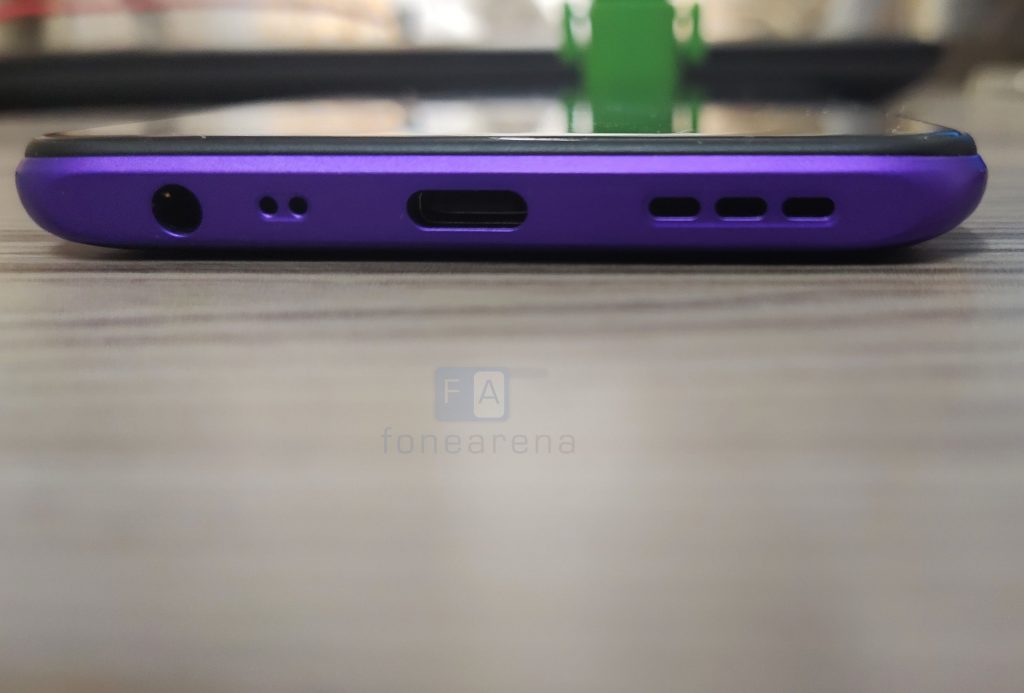
The mono bottom-firing speaker is decent and does the job. It doesn’t distort at high volume levels but can easily be blocked while using the phone in landscape orientation. Speaking of which, there is support for wireless FM radio and it works flawlessly. As for the sensors, there is a G-sensor, Proximity sensor, Ambient Light sensor, Accelerometer, and E-compass.
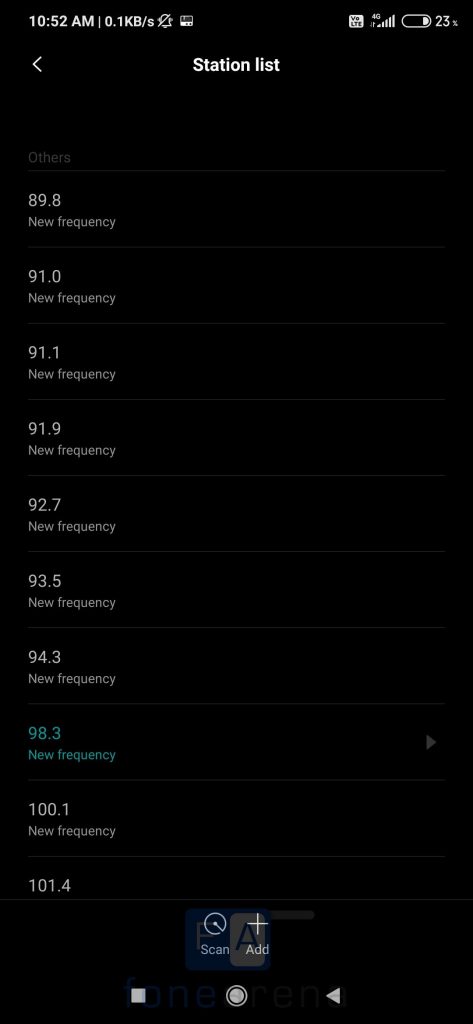
Moving on, the fingerprint scanner is located to the back along with the rear camera stack. It could have been positioned a bit lower considering the size of the phone and more often than not, you’ll be touching the camera lens when unlocking the phone. That said, the active fingerprint scanner is fast, responsive, and accurate. No complaints here.
Connectivity
When it comes to connectivity, the Redmi 9 Prime supports Dual nano-SIM cards with support for Dual 4G VoLTE and VoWiFi/Wi-Fi calling out-of-the-box. Further, it supports Dual-Band Wi-Fi 802.11ac (2.4GHz + 5GHz), Bluetooth 5.0, and GPS + GLONASS.
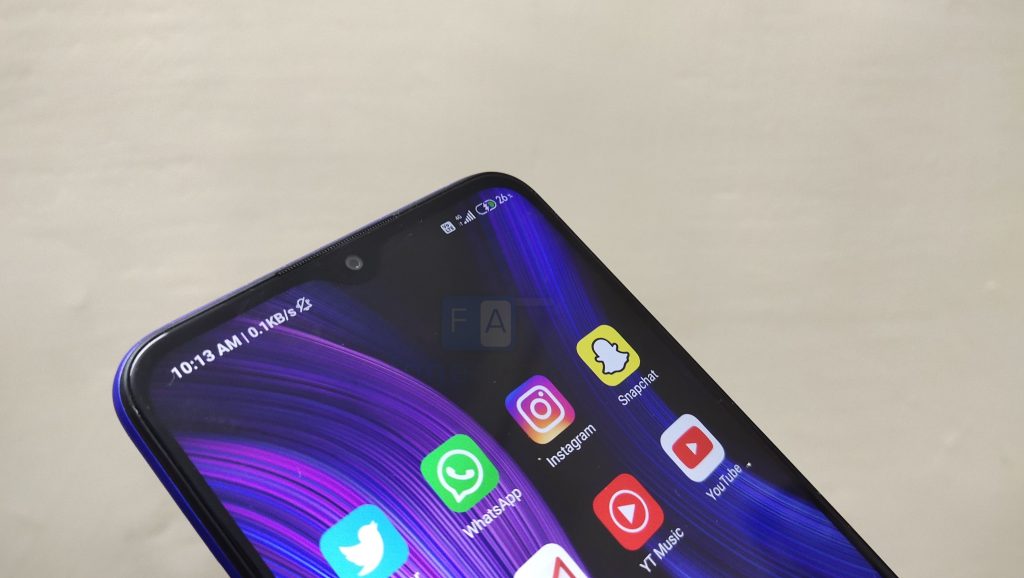
My usage involved a lot of voice calls over 4G and Wi-Fi and the experience was a mixed bag for me. 8 out of 10 times, the other party said that my voice was not clear, and sometimes would go blank during the middle of the call which was disappointing. This was with Airtel 4G in Chennai with a full signal and even with Wi-Fi calling turned on, the experience didn’t improve either. To make sure the issue is not with my SIM card or network, I double-checked by using the same SIM card on another handset, and there were no issues. It is not clear if it is an issue with my review sample and hopefully, the retail units don’t have this issue.
Similarly, the Wi-Fi performance wasn’t that great either. The 5GHz Wi-Fi range isn’t the strongest and sometimes, it was getting disconnecting from Wi-Fi and switching over to mobile data. I don’t think the weak range is isolated to this phone as I noticed the same with Redmi Note 9 as well. On the whole, my experience with calls and Wi-Fi was not that great on the Redmi 9 Prime.
The Redmi 9 Prime’s body SAR is 0.417 W/Kg (Distance:15mm) and head SAR is at 0.854W/Kg which is below 1W/kg, even though the limit in India is 1.6 W/kg (over 1 g).
Battery
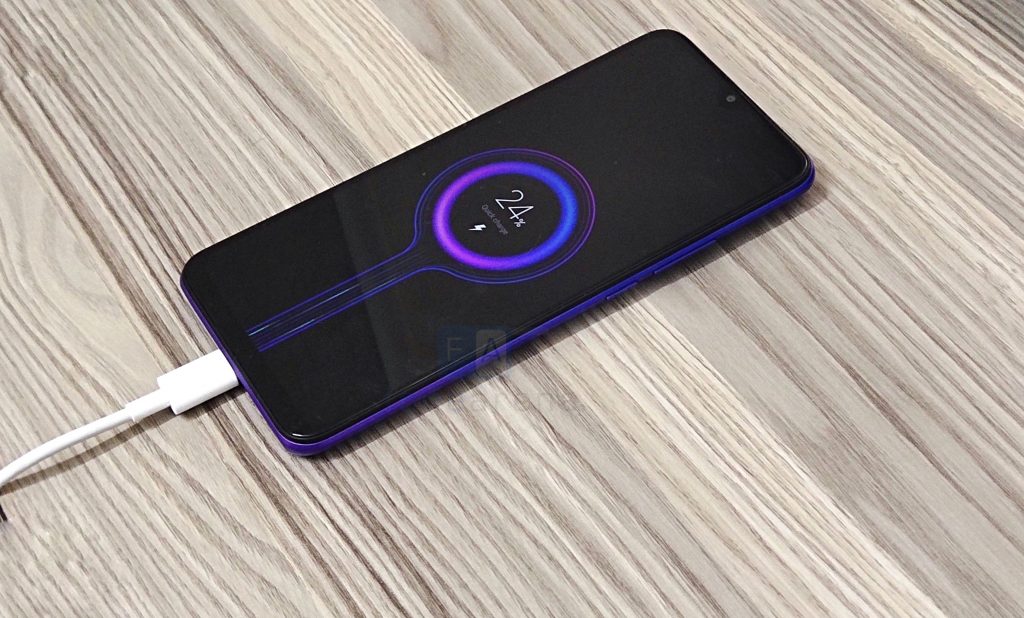
Redmi phones have come with massive batteries and the same trend is followed here as well. The Redmi 9 Prime packs a large 5020mAh battery with support for 18W fast charging, but comes with a bundled 10W (5V 2A) charger. With moderate usage that involved scrolling through social media feed, browsing on Chrome, editing documents, music playback on YouTube music, photo editing, voice calls, the battery lasted over a day for me, and I got over 7 hrs 30 mins of Screen On Time. With casual usage, you can stretch up to 1 and a half days, and probably a bit more with the power saving modes present in MIUI 11.
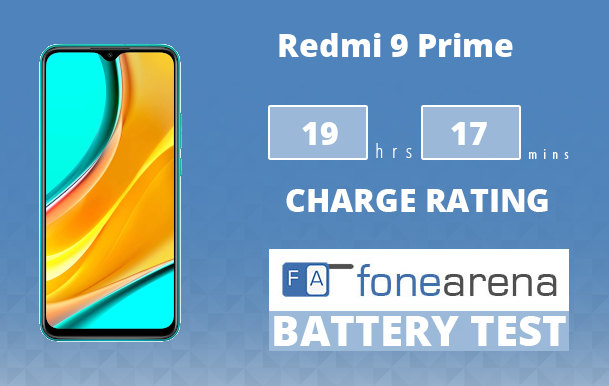
Speaking about the charging time, the Redmi 9 Prime took 2 hours 15 minutes to charge from 0 to 100% with an 18W charger, and it reached 83% in 1 hour 30 minutes. With the bundled 10W, it would take more than 3 hours to charge completely. It achieved the FoneArena One Charge Rating of 19 hours and 17 minutes, which almost the same as the Redmi Note 9 and the Note 9 Pro with the same battery capacity.
Conclusion

The Redmi 9 Prime gets most of the things right like a great FULL HD+ display, good overall performance, excellent battery life, and there are shortcomings as well, like the sub-par optics, slow charging out-of-the-box. At Rs. 9999, the base variant (4GB+64GB) of the Redmi 9 Prime is a very good deal and is a value for money device. Moving up the ladder (Rs. 11,999), the competition becomes stiff as the 9 Prime competes with the likes of Redmi Note 9, realme Narzo 10, Galaxy M21, etc. That said, in my opinion, if you are looking to purchase a smartphone under Rs. 10,000 now, the Redmi 9 Prime is a great option and you are getting a great deal overall.
Pros
- Large FULL HD+ display
- Good performance
- Great battery life
- Day-light friendly optics
Cons
- Lack of Night Mode; Low-light performance is strictly average
- Random UI lags
- Not the strongest modem
Availability
The Redmi 9 Prime comes in Space Blue, Min Green, Sunrise Flare, and Matte Black colors. It is priced at Rs. 9999 for the 4GB RAM with 64GB storage version and the 4GB RAM with 128GB storage version costs Rs. 11,999. It is available from Amazon.in and Mi.com every week, and is also available at Mi Home and Mi Studio.
Alternatives
- Redmi Note 9
- Realme Narzo 10
- Realme Narzo 10A

